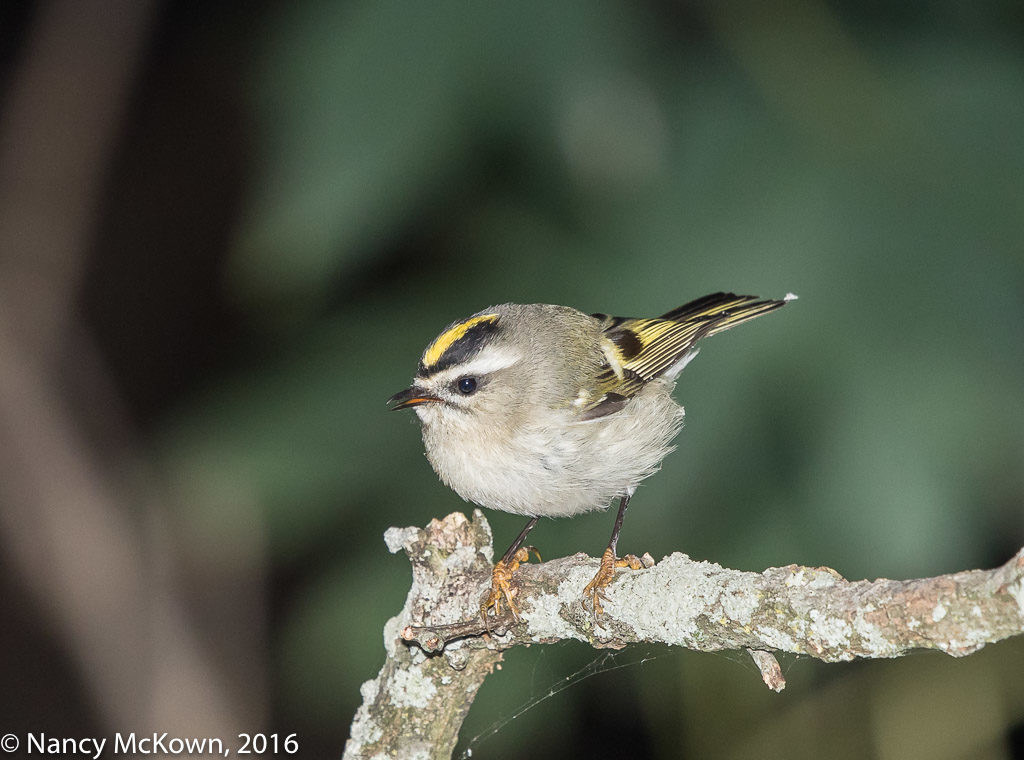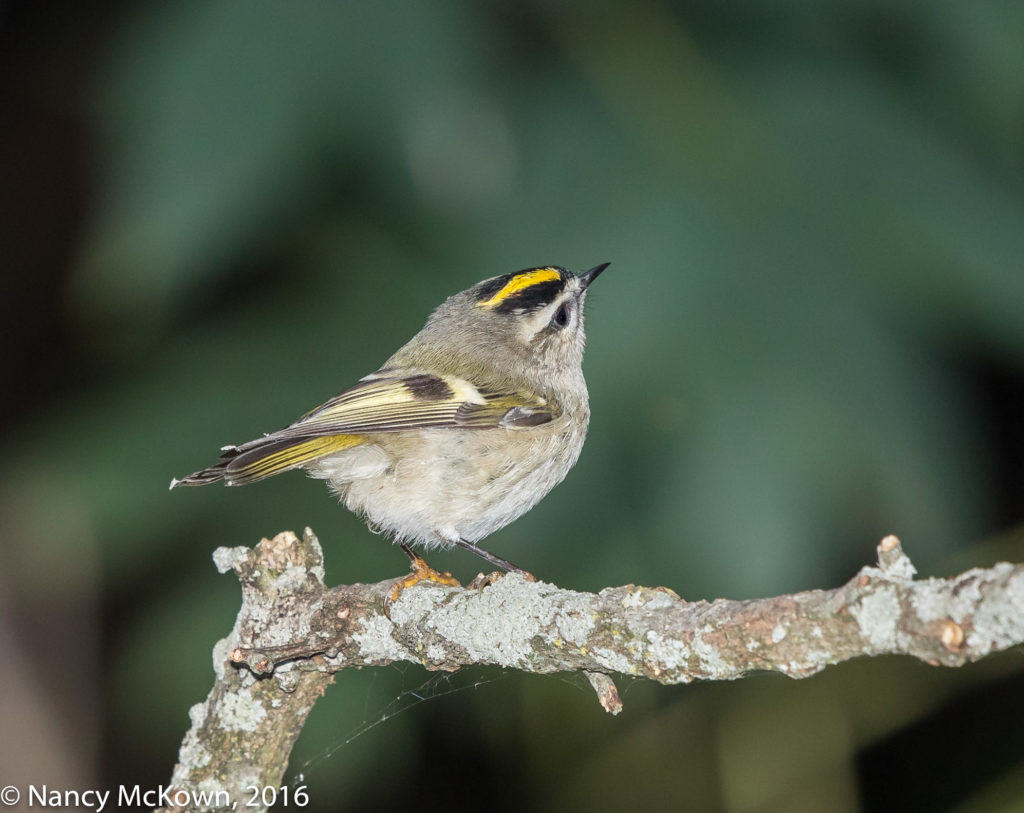Attracting Fall Avian Migrators
It’s getting cold out there. We’ve unplugged and removed the pump from the fountain, put away the outdoor ornaments and patio furniture, and even gone so far as to pest proof some of the creature hidey-holes in the garage and on the deck.
Most of the migrators have passed through, although I’m still expecting a few. Purple Finches, Pine Siskins, and the Yellow Bellied Sap Suckers have not made an appearance yet. (Or, perhaps they’ve flown past our area without so much as a backward glance.) As always, I secretly hope to see a species or two that I’ve never seen… the Redpoll Finch perhaps, or a Northern Goshawk coming to SW MI to settle in for the winter. Until then, I won’t be lonely. There are plenty of winter hardy year-round residents to keep me company.

ISO1000; f/8; 1/250 Second
159K
Photography Routines are Changing With the Light
My bird photography routines are changing with the season…..so much less light. No need to rush in the morning because sunrise is later but I find myself hurrying in the afternoon before the light slips away.
Most of the migrating birds we have seen this late in the season seem to find comfort where other birds are foraging. If I see a lot of our resident chickadees, nuthatches and titmice in the trees near the feeders, I look harder to find one or two stray warblers, kinglets or vireos rapidly weaving through the branches and picking off tiny insects and spiders.
Photographing the Gold Crowned Kinglet
This Gold Crowned Kinglet is one such late visitor — quick, fluttery and constantly on the move. Kinglets rarely sit still long enough (even when eating insects) to give the lens time to lock focus. I got lucky with this one. Chittering away, he pivoted back and forth in full view of the camera, looking like he just could not decide where to go. I set the ISO to 1000 to calm the flash blast and let the ambient light dominate with just a little well rounded fill flash. (NOTE: The light meter registered ambient light alone at ISO 12,000.)
This diminutive bird is winter hardy despite its size (avg length: 3.1 to 4.3 in-avg weight: 0.21 oz). The e-Bird maps indicate that kinglets (not that much bigger than a hummingbird – avg length: 2.8 to 3.5; avg weight 0.12 oz) winter in lower Michigan, usually within the protective surroundings of dense conifers. We have never seen them in the winter.

I like the Exiting Pose, Despite the
absence of a catchlight in his eye.
ISO1000; f/8; 1/250 Second
Maintaining a Bird Friendly Yard
Our back yard is mostly quiet and secure except for the occasional avian predator striking fear in the hearts of birds and small mammals. Ample cover (continuous spaces of native plants, colorful nectar filled flowers, ferns, wildly overgrown thickets, various brush piles) all free of chemical pesticides thrive in our yard. Squirrel, raccoon and deer proof feeders are kept clean, full and safe from land bound predators.
A key attractor this Fall was the availability of a clean, multi-level running water source for drinking, preening, and washing. A wide variety of birds converged there and within view of my camera, even in the rain. NOTE: Lots of birds (Thrushes, Towhees, Juncos, Sparrows, etc) prefer to stay low when they come in for a drink, so our multilevel water feature includes stones at the base.
We try to provide a buffet of healthy food for the birds, but the most restorative and economical bird food sources are found in nature, even in Michigan’s persistently cold weather. Native trees and plants provide nutritional seeds, nuts, sap, nectar, berries and insects, even grit. Birds live in and around grasses, vegetation, fungi, mosses, lichens, rotting leaves and decaying wood so they can be first to feast on mosquitoes, worms, grubs, spiders, gnats and many other varieties of arthropods within those natural spaces. They may even feast on an occasional amphibian.
One of the best things we’ve ever done was to build an inviting, eco friendly space to attract birds. It brings enjoyment on so many levels, especially when it comes to watching and photographing birds.









Perky little guy! I’m sure that you miss that fountain. That will be something to look forward to in the spring